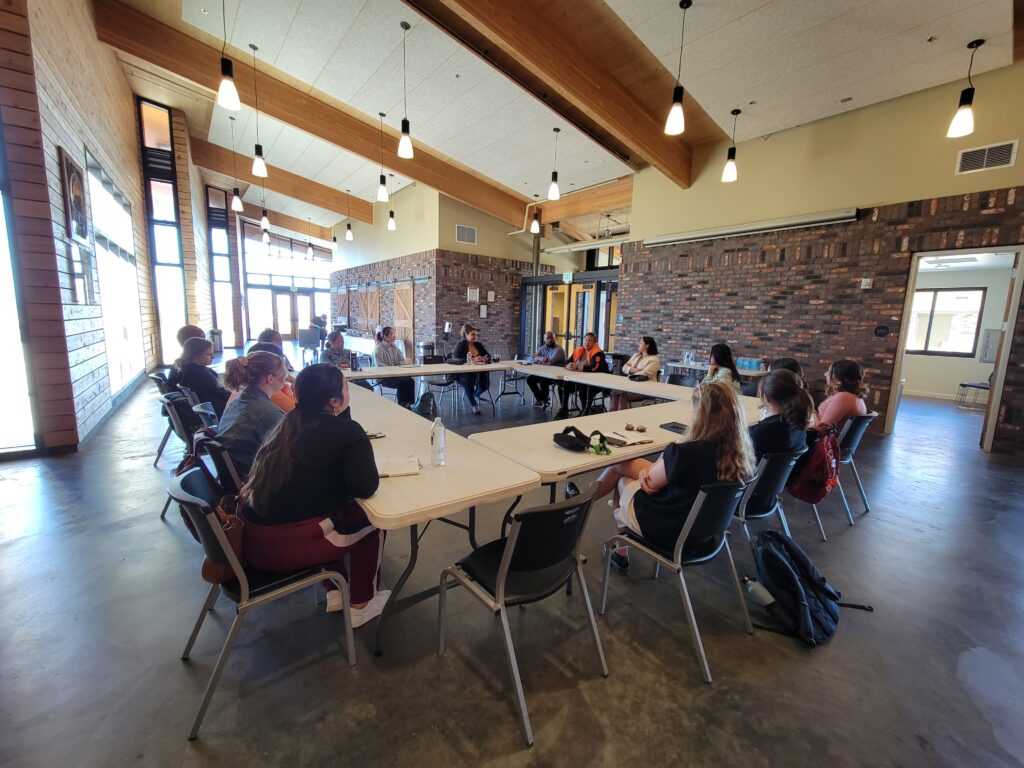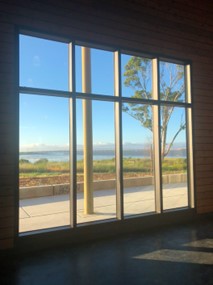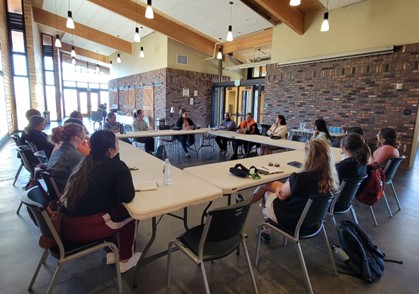Throughout my time in California, the topic of gentrification, also known as urban revitalization, arose in most of our discussions or sessions. Indeed, the movement of corporations and wealthy individuals into the Bay Area has effectively transformed its landscape, culture, and demographics. While revitalization can stimulate economic and commercial development and modernize local neighborhoods, these benefits are disproportionately enjoyed by companies, tourists, and wealthy individuals at the expense of long-term residents who are predominantly low-income and non-white.

These effects of gentrification have been particularly significant in East Palo Alto (EPA) in California. As corporations such as the Four Seasons Hotel and IKEA, as well as high-rise developers, have sought to capitalize on EPA’s prime location, local government officials have struggled to preserve the city’s cultural legacy and resist displacement of longtime residents for decades. To foster a more nuanced understanding of gentrification and its impact on EPA, we spent one evening speaking with local government officials and residents: Angie Hawkins, Associate Director of Educational Programs at Stanford University (moderator); Melvin Gaines, EPA City Manager; Laura Martinez, former mayor of EPA; and Marquisa Hawkins, EPA lifetime resident.
Our discussion took place at Cooley Landing Park, a critical community asset for EPA. Its history as a former county trash dump turned public park and educational center made it a fitting setting to interrogate the “policy rhetoric and practiced reality” of gentrification. EPA residents deserve quality public facilities and commercial opportunity, the panelists explained, but the reality is that these have unfortunately come at the cost of higher rent and taxes, which contribute to the displacement of longtime residents. Much like other gentrified parts of the Bay Area, EPA has witnessed its Black population shrink considerably from approximately 40% to 11% over the past three decades.

a blue sky and waterfront, as well as a patch of grass and a tree.
Gaines highlighted this reality as the double-edged sword of policy and how, while policy may often be neutral, its implementation is often biased. Thus, it is important for policymakers to stay rooted in their community and to advocate for their most vulnerable constituents who are often the most affected by gentrification. Two such examples of how Gaines, Martinez, and other city officials seek to protect the needs and interests of EPA is through city ordinances that support the local economy and through the negotiation of community benefit agreements (CBAs) that ensure developers are sustainably and positively contributing to the lives of local residents.
While CBAs and city ordinances may help mitigate the negative effects of ongoing and future gentrification, our conversation demonstrated why it is important to reflect upon the political infrastructure that has made it inevitable. As longtime and lifetime residents of EPA, all three panelists recounted how the incorporation of EPA, the redistricting of San Mateo County, and the city’s reputation as the “Murder Capital of the US” have personally affected their navigation of life and, in particular, education during the 80’s and 90’s. So, while we may be inclined to focus our resentment toward gentrifying actors, we cannot lose sight of how prior California and Bay Area policymakers have continuously divested in EPA, laying the foundation for gentrification and other forms of inequity to be possible.
Toward the end of our conversation, one of my classmates prompted the group to consider Stanford University’s role as a neighbor and community partner of EPA. Reflecting on this question and our trip, in general, I see more clearly how colleges and universities struggle to live up to their role as good-faith community partners. While the panel acknowledged the educational benefits that neighboring Stanford University affords, Stanford’s support of its nearby communities has nonetheless been piecemeal and insufficient; for instance, many of the university’s housing and transportation benefits are not accessible to lower-level employees, a large proportion of whom reside in East Palo Alto. These sentiments that universities are not operating as good community partners—especially as it pertains to issues of gentrification and affordable housing—were echoed by panelists across the Bay Area and are just as relevant here in Ann Arbor. While serving students is central to the work of many higher education practitioners (including myself), we ought to more actively question our institutions’ partnership with and impact on local jurisdictions. Our efforts to “disrupt” higher education cannot come at the expense of the communities in which our colleges and universities are situated.
–Vivian Nguyen, master’s student

